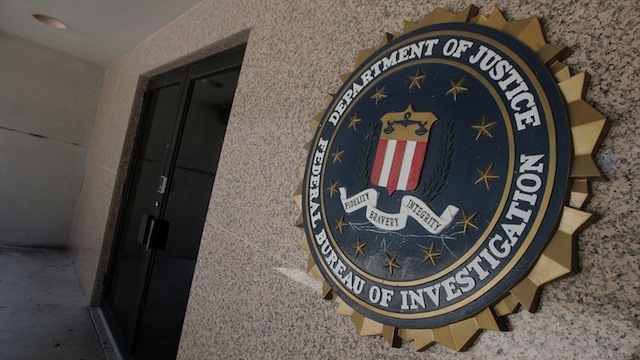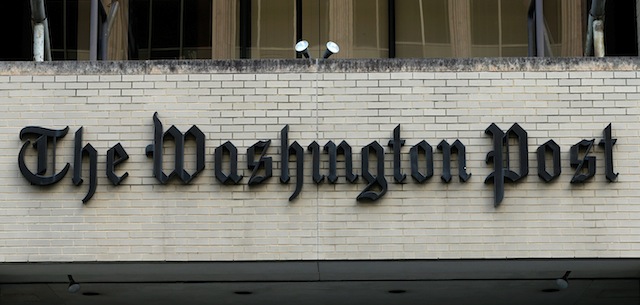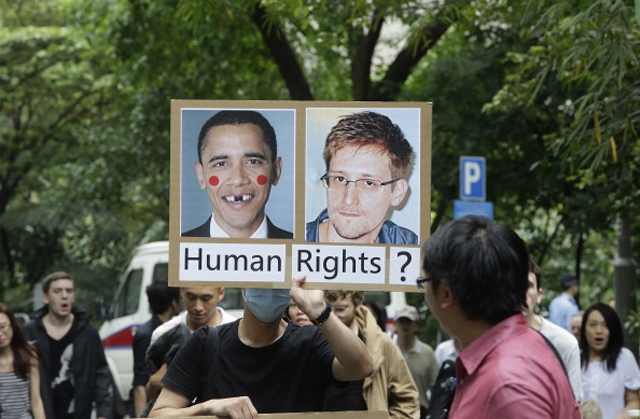
(Getty)
After over 40 years, the participants of the FBI Media Break-in have finally come forward. In light of an upcoming book, the New York Times has published an article allowing members of the Citizens Commission to Investigate the FBI, who exposed the FBI’s massive COINTELPRO operation, to tell their side of the story.
Here is what you need to know:
1. The Break-In Occurred March 8, 1971

(wikipedia)
In 1971, a group of concerned citizens calling themselves the Citizens Commission to Investigate the FBI broke into an FBI office in Media, Pennsylvania. While rummaging through the office they found something they could hardly imagine, proof of a massive unconstitutional surveillance apparatus monitoring thousands of Americans based on their political allegiances.
The program COINTELPRO, short for Counter Intelligence Program, was formed by J. Edgar Hoover and agent-in-charge William Sullivan. The program codified long-established FBI tactics which sought to use surveillance, intimidation, blackmail, and even sabotage, to hinder the activities of progressive activist groups like the Black Panthers, the Communist Party, and anti-war activists.
Using lock picks and crowbars, the group stole thousands of documents stored in file cabinets and desks.
2. The Statute of Limitations For the Crime Has Ended
The New York Times now reveals that the idea for the break-in came from Haverford professor and anti-war activist William C. Davidon, joined by Keith Forsyth, and John and Bonnie Raines.
The group of eight activists decided that the Philadelphia field office would be too risky, so they set out to Media.
3. They Sent the Documents to a Number of Newspapers

(Getty)
The group were the first people outside of the FBI who had ever seen the name COINTELPRO, and within two weeks of the break-in the group began sending documents to journalists. The until-now anonymous burglars sent documents to a number of media outlets including The New York Times and Washington Post.
4. The Documents Prompted the Church Committee & Congressional Investigation

Senator Frank Church, 1976. (Getty)
The leak of the illegal tactics being used by the FBI for decades prompted the start of the Church Committee in 1975. Led by Indian Democratic Senator Frank Church, the committee launched massive investigations into the constitutionality of surveillance tactics being utilized by the FBI, CIA and NSA.
The finding of the committee, published in a large volume in 1976, found that the intelligence committee had created a system of surveillance that would be nearly impossible to defeat should the country take a turn toward tyranny.
The committee oversaw a massive shrinking of surveillance operations and attempted to end unconstitutional and illegal action.
5. Many Are Comparing Edward Snowden to the 1971 Burglars

Many, including The New York Times, are drawing the important parallel between the Media burglars, regarded now as heroes, and Edward Snowden, who is still wanted by the U.S. government for his “violation” of the espionage act.
In a blogpost published this morning, journalist Glenn Greenwald wrote:
The parallels with the 1971 whistleblowers and those of today, including Edward Snowden and Chelsea Manning, are obvious.
Many others agree that the fate of the Citizens Commission to Investigate the FBI indicates a future vindication for Edward Snowden and his exposure of the massive NSA surveillance apparatus.